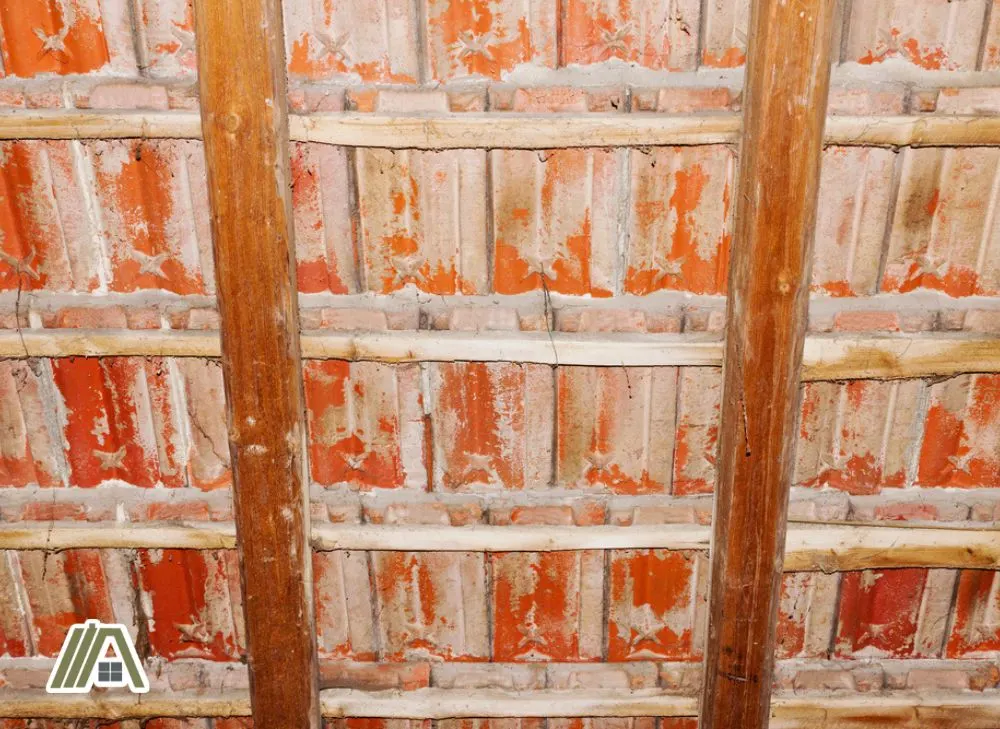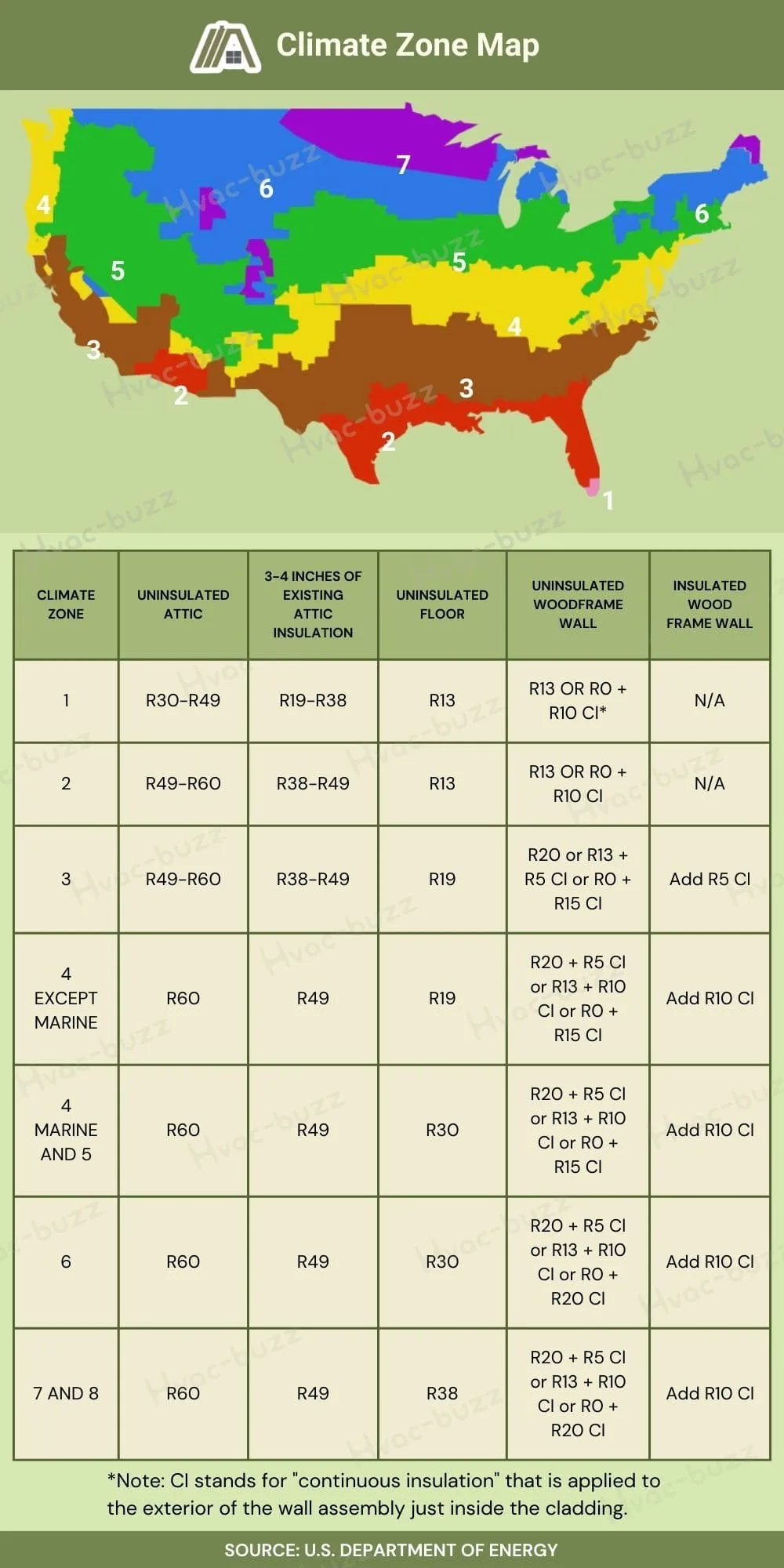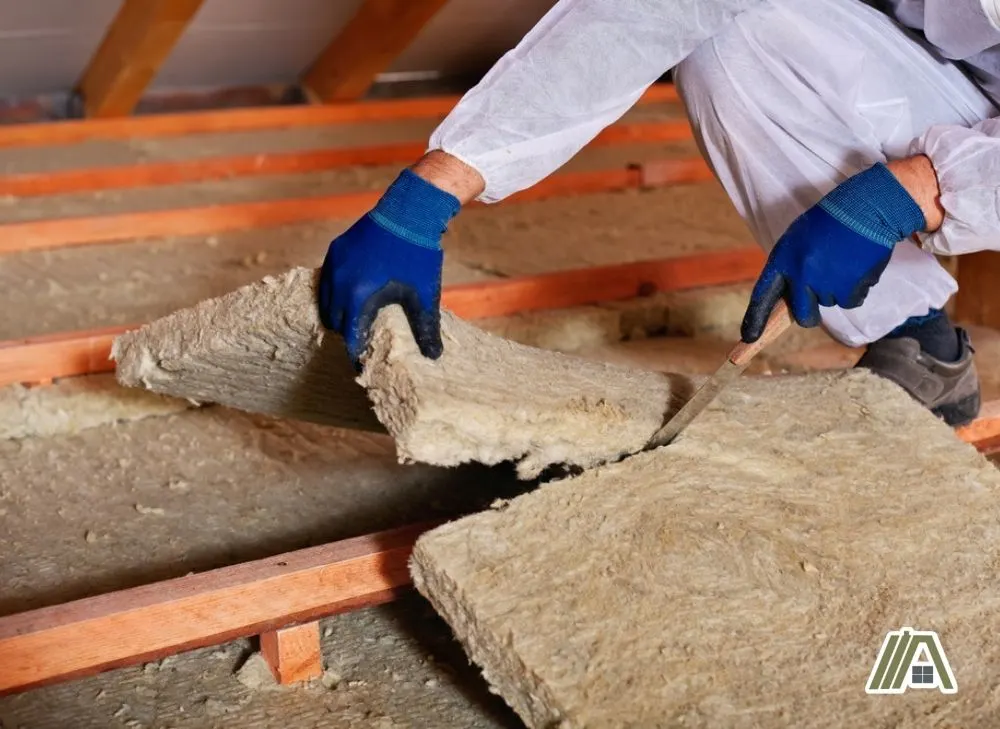Some people rent all their lives, even if they do make enough money to buy. However, it’s those first few rentals that are more character than code compliance. One common problem with such rentals is how cold they get in the winter.
When a house or apartment feels to be the same temperature as the outside regardless of heaters or ACs, then the problem is insulation. Insulation seems like a standard requirement for habitable buildings. Unfortunately, depending on the country, state, and locality, it may be legal to omit it during construction.

Insulation is not always required in rental properties. It depends largely on the local codes, which differ from state to state. Some states will specify an acceptable temperature. If this cannot be achieved with heating or cooling, then insulation is required indirectly.
Insulation May Not Be Required as Landlord
Despite the importance of insulation for comfort and energy savings in a home, many landlords are not required to provide proper insulation.
The older a property is, the more likely it is for the home to not be insulated at all or insulated poorly because insulation has not always been seen as a minimum requirement for creating habitable lodgings.

Many believe that since insulation is important in modern homes, landlords are responsible for making sure that rentals have this.
Although it would be nice if apartments and rental homes had to be insulated properly, state law doesn’t actually enforce this.
Most states in the US, if not all, do not require landlords to outfit their properties with sufficient insulation.
In Wisconsin in 1985, weatherization, including insulation, was required for rental units. However, this law was overturned in 2017.
Although this is difficult to fathom, it may be the result of an increased standard in building design and materials. The powers that be may have viewed this as sufficient to guard against the elements.
For Florida, which is considerably warmer than Wisconsin, their laws regarding rental insulation are similar. A heating system is required by the law but air conditioning and insulation are not.
There is also the possibility that the local laws have adopted old codes in which the insulation requirements were lower. An example of this is Texas.
I was not able to find any states in the US that require insulation for rental properties. However, some areas may have local laws that require landlords rentals to have sufficient insulation.
Because local and state laws may differ, it is important to research local requirements for rental insulation.
Although the majority of the US does not require rental insulation, New Zealand does. In 2019, regulations were passed that require insulation in all rental homes across the country.
Even if the US does require insulation outright, insulation may be required by different regulations.
Many states have regulations for keeping rentals habitable or comfortable and safe to live in. Part of habitability initiatives includes keeping temperatures at a reasonable level.
Although insulation does help in the summers, the lack of insulation is mostly felt in cold winters.
For example, Maine laws require that rentals must be able to maintain a temperature of at least 68 ℉ in winter. This means that, even if the heater is running at full capacity, if the home is so badly insulated that it cannot maintain a temperature of 68℉, it must be insulated.
Responsibilities as a Homeowner
Just like how national and state law can disagree on some things, the same can be said for the International Residential Code (IRC) and state laws since the IRC’s regulations operate on a national level but are adapted at a state level.
Regardless of the type of home, the IRC requires a certain R-Value of insulation depending on the climate zone you live in.

Because the climate impacts the ranges of temperatures your area will experience as well as the weather and moisture conditions, climate zones are the best way to assign an R-Value to an area.
Once you have figured out your climate zone with the map in this chapter of the IRC, Table N1102.1.3 in Section N1102 of the IRC will give the required R-Value.
While I was trying to figure out why the IRC and state laws don’t agree, I came across a set of exceptions for these IRC rules.
Although I hoped to find my answer here, these exceptions did not answer my questions.
The exceptions listed log homes, low-energy buildings, and buildings that don’t receive conditioned air as exceptions. A majority of rental buildings do not belong to these categories.
Unfortunately, I could not find why rentals seem to be exempt from the IRC’s insulation regulations.
One explanation for this is that the IRC contains national regulations. State and local guidelines are often changed rather than adhering to all national standards since different areas will have different preferences.
Another explanation for this could be a matter of interpretation. While it may seem that the IRC is requiring insulation for all residencies, both rental and non-rental, they may be suggested something different.
Instead, these IRC regulations may only be for insulation that is already there. This could be a situation of “If you do insulate your home, these are the R-Values you must adhere to,” rather than “Your home must have this value of insulation.”
Additionally, these regulations may only be in place for new construction and remodeling. They may not apply to old homes or apartment buildings.
How to Handle a No Insulation Situation
Be Sure That Rules Aren’t Being Followed
If you think that local, state, or federal codes are not being followed by your landlord, it is best to have hard evidence.
Because IRC insulation codes don’t seem to be strictly enforced for rentals, it may be best to let it be if that’s the only evidence you have.
It would be best to approach the situation by regarding the landlord as a landlord rather than a homeowner subject to IRC regulations.
If your state or locality has codes that aren’t being followed, you may have a decent case.
Whether the code is state or local, make sure to check that the code is still presently active. Also, make sure that it applies to your current location.
If you go the route of habitability, arguing that your home does not maintain habitable temperatures due to a lack of decent insulation, you must have evidence of this.

Ensure that your heating is turned to a decent temperature and be sure that a working thermostat shows that the temperature is consistently too low. Your landlord would likely have to see this in person as a picture of the thermostat doesn’t show much.
What Next?
If you are sure that you have hard evidence that your landlord should supply your rental with proper insulation, it would be best to meet with them.
Rather than accusing them of not following the law, state that you are worried for your health because your home is too cold.
This is not likely to inspire them to change their mind about insulation but it would start the conversation in a less accusing way.
If your worries don’t produce much of a reaction, mention that you have found codes that apply to the rental that show that the landlord is obligated to supply decent insulation.
Make sure to show them the code and, if you’re going the habitable temperature route, show them how ineffective the heating is without proper insulation.
If they say that the regulations do not apply, it may be best to consult an official about what your options are.
An expert’s advice may be enough to get the landlord to consider insulation.
The Landlord Isn’t Cooperating
If the landlord refuses to comply with the codes, even if they are proven to be applicable, other routes may have to be taken.
It may be best to take matters into your own hands, but only if you are absolutely certain that the law is on your side.
You can install insulation yourself or have it professionally installed and have the costs deducted from your rent.

However, if the law is not on your side, you may not get your funds back and could get in trouble for altering your rental without permission.
Additionally, one way to deal with the situation is to leave entirely.
This is not advisable at all since, even if a landlord is not complying with laws, a lease is a legally-binding contract that you cannot just walk out on.
If this is the only way to escape the situation, be sure to get legal counsel on your side to support you if things go awry.
Sources
https://kosalawoffice.com/2017/10/goodbye-wisconsin-rental-weatherization/
https://projects.wuft.org/energy-burden/deficient-dwellings/how-much-should-landlords-do/
